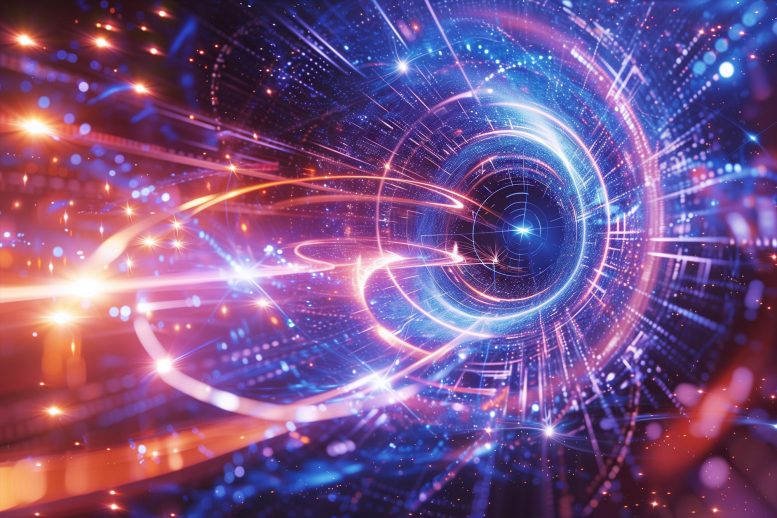
A new study suggests an experimental method to test gravity’s quantum aspects without needing to entangle massive objects, potentially advancing the field significantly. Credit: SciTechDaily.com
A proposed experiment shows that quantum entanglement is not the only way to test whether gravity has a quantum nature.
Gravity is part of our everyday life. Still, the gravitational force remains mysterious: to this day we do not understand whether its ultimate nature is geometrical, as Einstein envisaged, or governed by the laws of quantum mechanics. Until now, all experimental proposals to answer this question have relied on creating the quantum phenomenon of entanglement between heavy, macroscopic masses. But the heavier an object is, the more it tends to shed its quantum features and become ‘classical’, making it incredibly challenging to make a heavy mass behave as a quantum particle. In a study published in Physical Review X, researchers from Amsterdam and Ulm propose an experiment that circumvents these issues.
Classical or Quantum?
Successfully combining quantum mechanics and gravitational physics is one of the main challenges of modern science. Generally speaking, progress in this area is hindered by the fact that we cannot yet perform experiments in regimes where both quantum and gravitational effects are relevant. At a more fundamental level, as Nobel Prize laureate Roger Penrose once put it, we do not even know whether a combined theory of gravity and quantum mechanics will require a ‘quantization of gravity’ or a ‘gravitation of quantum mechanics’. In other words: is gravity fundamentally a quantum force, its properties being determined at the smallest possible scales, or is it a ‘classical’ force for which a large-scale geometrical description suffices? Or is it something different yet?
It has always seemed that to answer these questions, a central role would be played by the typically quantum phenomenon of entanglement. As Ludovico Lami, mathematical physicist at the University of Amsterdam and QuSoft, puts it: “The central question, initially posed by Richard Feynman in 1957, is to understand whether the gravitational field of a massive object can enter a so-called quantum superposition, where it would be in several states at the same time. Prior to our work, the main idea to decide this question experimentally was to look for gravitationally induced entanglement – a way in which distant but related masses could share quantum information. The existence of such entanglement would falsify the hypothesis that the gravitational field is purely local and classical.”
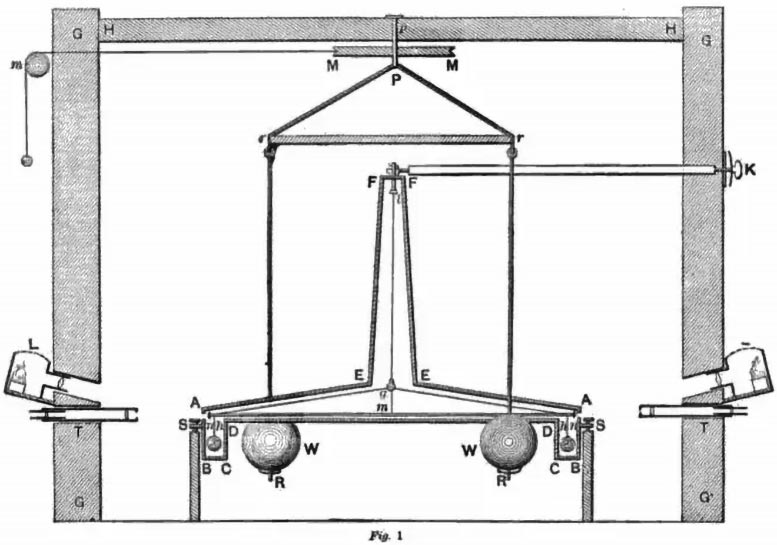
A drawing of the torsion balance used by Henry Cavendish in 1797 to measure the strength of gravity. Similar ‘harmonic oscillators’ can now be used to reveal the quantumness of gravity.
A Different Angle
The main problem with the previous proposals is that distant but related massive objects – known as delocalized states – are very challenging to create. The heaviest object for which quantum delocalization has been observed to date is a large molecule, much lighter than the smallest source mass whose gravitational field has been detected, which is just below 100 mg – more than a billion billion times heavier. This pushed any hope of an experimental realization decades away.
In the new work, Lami and his colleagues from Amsterdam and Ulm – interestingly, the place where Einstein was born – present a possible way out of this deadlock. They propose an experiment that would reveal the quantumness of gravity without generating any entanglement. Lami: “We design and investigate a class of experiments involving a system of massive ‘harmonic oscillators’ – for example, torsion pendula, essentially like the one that Cavendish used in his famous 1797 experiment to measure the strength of the gravitational force. We establish mathematically rigorous bounds on certain experimental signals for quantumness that a local classical gravity should not be able to overcome. We have carefully analysed the experimental requirements needed to implement our proposal in an actual experiments, and find that even though some degree of technological progress is still needed, such experiments could really be within reach soon.”
A Shadow of Entanglement
Surprisingly, to analyze the experiment, the researchers still need the mathematical machinery of entanglement theory in quantum information science. How is that possible? Lami: “The reason is that, although entanglement is not physically there, it is still there in spirit — in a precise mathematical sense. It is enough that entanglement could have been generated.”
The paper in which Lami and colleagues explain their findings was published in Physical Review X this week. The researchers hope that their paper is only the beginning, and that their proposal will help design experiments that may answer the fundamental question about the quantumness of gravity much earlier than expected.
Reference: “Testing the Quantumness of Gravity without Entanglement” by Ludovico Lami, Julen S. Pedernales and Martin B. Plenio, 1 May 2024, Physical Review X.
DOI: 10.1103/PhysRevX.14.021022


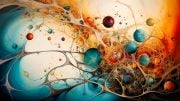

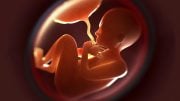
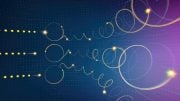
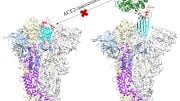

To now eighty year old former industrial electrician me the most mysterious thing about gravity is how so many professional researchers keep getting it wrong. Surely, there is a ‘class-ceiling’ separating reality from hypothesis. To my way of thinking the first thing any competent researcher should do is at least casually question all of that which precedes new research in any discipline, especially in disciplines which affect us all. For more of my lay findings on gravity just click on the link below and/or the link included in that article (https://scitechdaily.com/einstein-challenged-exploring-the-cosmic-glitch-in-gravity/#comment-851355)
“The heaviest object for which quantum delocalization has been observed to date is a large molecule”
Apparently a reference to running the molecules through Young’s overdone dual-slit apparatus which is very good at missing molecular level details, such as with two of the molecules forming an entangling hidden dipole pairing, and also excellent for pretending and mis-teaching that waves and particles are two mutually exclusive states for a particle, even though the particle is always there whether or not the wave is apparent.
“The central question, initially posed by Richard Feynman in 1957, is to understand whether the gravitational field of a massive object can enter a so-called quantum superposition, where it would be in several states at the same time. Prior to our work, the main idea to decide this question experimentally was to look for gravitationally induced entanglement – a way in which distant but related masses could share quantum information. The existence of such entanglement would falsify the hypothesis that the gravitational field is purely local and classical.”
Even large molecules should be able to at least partially entangle together, with a partial field-cloaking effect, as arrays of magnetic spin sources lining up head-to-tail over some significant area of the molecules.
The point here is that at no time is there one molecule in two places in any real experiment, instead there are two practically identical molecules with a capacity to conceal themselves magnetically by joining together, becoming entangled, then splitting apart while maintaining some degree of mutual entanglement.
Dual slit for matter takes an accelerated stream. Accelerating a large 3-D molecule is going to deform it, draw it into a 1-D or 2-D form. Either way it’s in a state that can encourage pairing.
“whether the gravitational field of a massive object can enter a so-called quantum superposition, where it would be in several states at the same time”
Rather than the popular description of this as requiring particles to be in two places at once, more precisely the field (the surrounding vacuum) is in two states at once, as suggested in the quote. This is a lot easier to appreciate if gravity expresses flows of gravitational energy through invisibly small energy carriers that carry a “negative” (essentially a pulling force) energy.
Gravity flow is notably here purely bosonic, not self-interfering, like matter flows (winds, odd fermion currents etc.), in fact it would appear that opposing flows in the same space should a preferred state.
“opposing flows in the same space should (be) a preferred state”
Hopefully it could go without saying that full gravitational entanglement between particles would have each particle maximally, if not completely hogging/cloaking, the gravitational flow and overall impact of the other. Even before that point is reached, they may be able to perfectly mutually hog/cloak their EM emissions.
Think in terms of the lightest element that floats and then move up the scale and observe the point at which the elements become less weightless these points could be a scale to measure the up but also would there be a negative to the lightest floating element the closer to the center of the gravitational object the heavier the element becomes. could part of electromagnetic field what we are living in is that we live at a perfect distance from earth’s core and the force exerted on humans is perfect for life. both the geometrical and mechanical are working in unison threw different levels